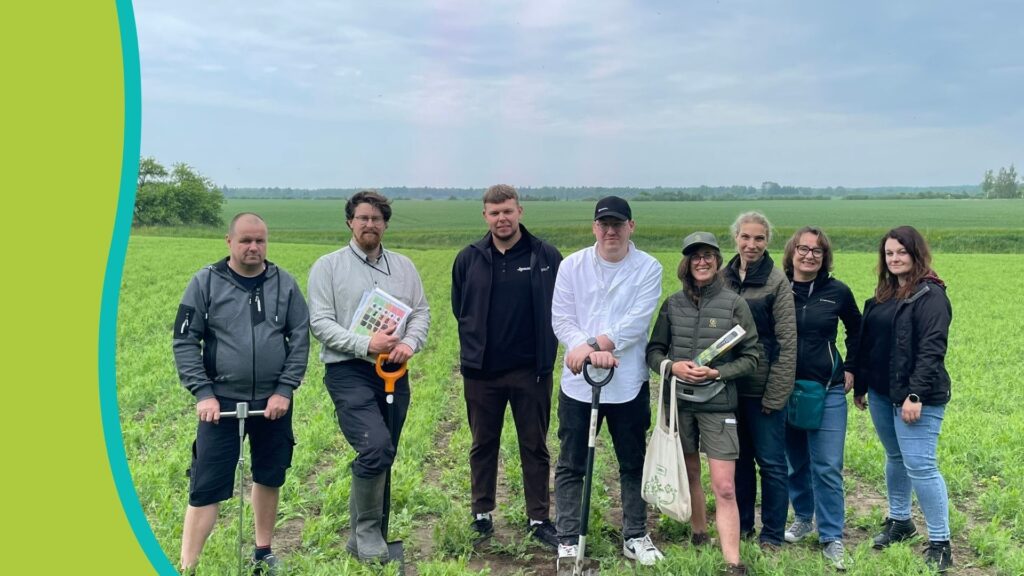The definition of what is “novel” or “innovative” can be widely discussed and have different meanings depending on the context. The AdvisoryNetPEST project focuses on a definition that fits the global objectives of contributing to RURP (Reduction of the Use and the risks of Pesticides). Even though the definition of a Novel Approach is kept deliberately broad, a necessary criterion for a Novel Approach is that it should contribute to:
- Reduced use of pesticides AND/OR a lower risk of crop protection for the environment, the consumer, and the user.
- Approaches that are not completely experimental nor widely used yet but can be demonstrated and have a high technology readiness level (TRL).
In addition to the previous criteria required to identify a Novel Approach, special attention will be given to the following parameters:
- Replicability: approaches that have the potential to be applied in other regions / climatic clusters / countries; or others that can be applied in more than one crop sector.
- Effectiveness: approaches that have accountable impact on the RURP, so that it provides enough data for the feasibility analysis and scaling up events.
- Sustainability: approaches that are sustainable considering economic and social parameters, in addition to environmental benefits.
The selection process will evaluate these parameters for each Novel Approach and encourage strategies with a safe balance between replicability and effectiveness, promoting Novel Approaches that are the most sustainable, rather straightforward and easy to understand.
Now in the second year of the project, the first cycle of 30 Novel Approaches (NAs) has been completed and the content will be soon available on our website.
We can now share the range of crops these NAs target:

The same Novel Approaches were also distributed across different IPM Pillar types:



